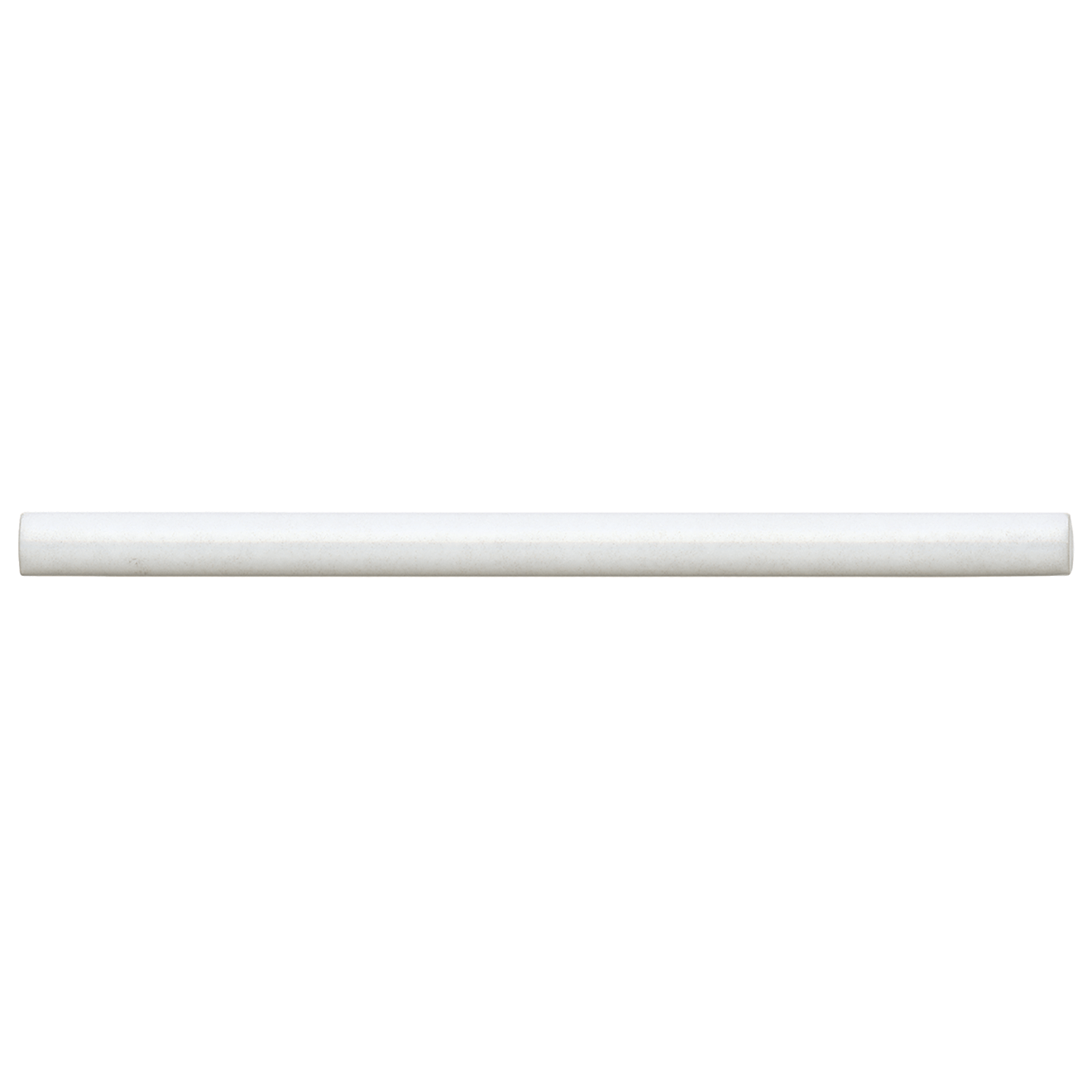Remote Sensing, Free Full-Text
Por um escritor misterioso
Last updated 03 julho 2024
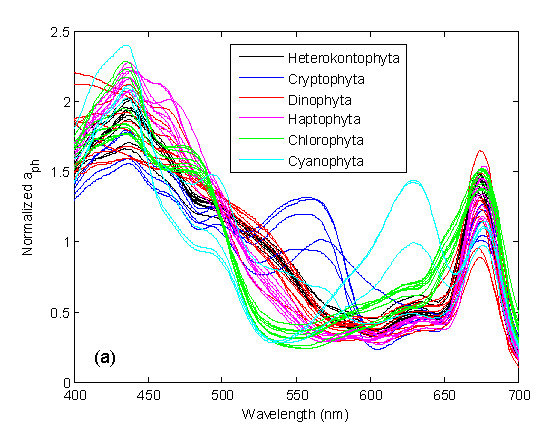
The emergence of hyperspectral optical satellite sensors for ocean observation provides potential for more detailed information from aquatic ecosystems. The German hyperspectral satellite mission EnMAP (enmap.org) currently in the production phase is supported by a project to explore the capability of using EnMAP data and other future hyperspectral data from space. One task is to identify phytoplankton taxonomic groups. To fulfill this objective, on the basis of laboratory-measured absorption coefficients of phytoplankton cultures (aph(λ)) and corresponding simulated remote sensing reflectance spectra (Rrs(λ)), we examined the performance of spectral fourth-derivative analysis and clustering techniques to differentiate six taxonomic groups. We compared different sources of input data, namely aph(λ), Rrs(λ), and the absorption of water compounds obtained from inversion of the Rrs(λ)) spectra using a quasi-analytical algorithm (QAA). Rrs(λ) was tested as it can be directly obtained from hyperspectral sensors. The last one was tested as expected influences of the spectral features of pure water absorption on Rrs(λ) could be avoided after subtracting it from the inverted total absorption. Results showed that derivative analysis of measured aph(λ) spectra performed best with only a few misclassified cultures. Based on Rrs(λ) spectra, the accuracy of this differentiation decreased but the performance was partly restored if wavelengths of strong water absorption were excluded and chlorophyll concentrations were higher than 1 mg∙m−3. When based on QAA-inverted absorption spectra, the differentiation was less precise due to loss of information at longer wavelengths. This analysis showed that, compared to inverted absorption spectra from restricted inversion models, hyperspectral Rrs(λ) is potentially suitable input data for the differentiation of phytoplankton taxonomic groups in prospective EnMAP applications, though still a challenge at low algal concentrations.
Remote sensing of the environment : an earth resource perspective : Jensen, John R., 1949- : Free Download, Borrow, and Streaming : Internet Archive
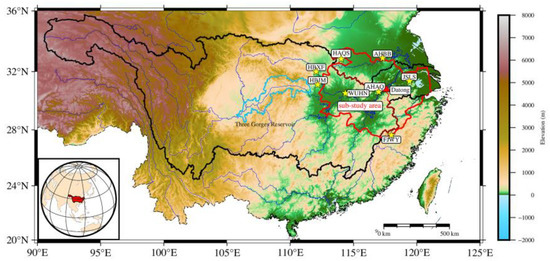
Mtsdi R Get File - Colaboratory
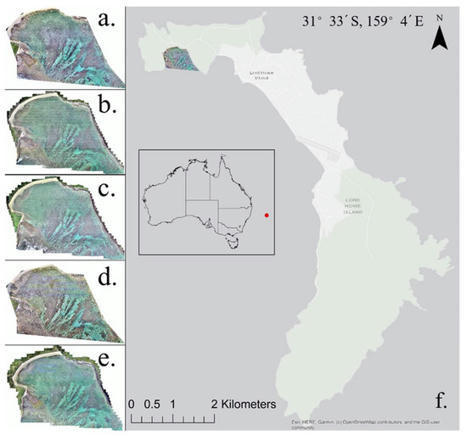
Frontiers Autonomous Coral Reef Survey in Sup
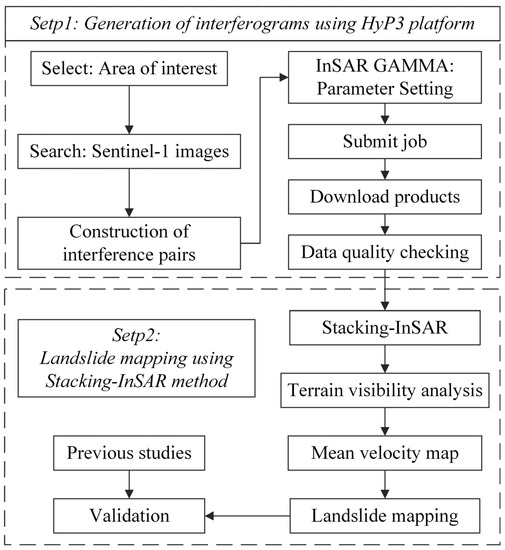
Gamma Remote Sensing Download - Colaboratory

Remote Sensing, Free Full-Text
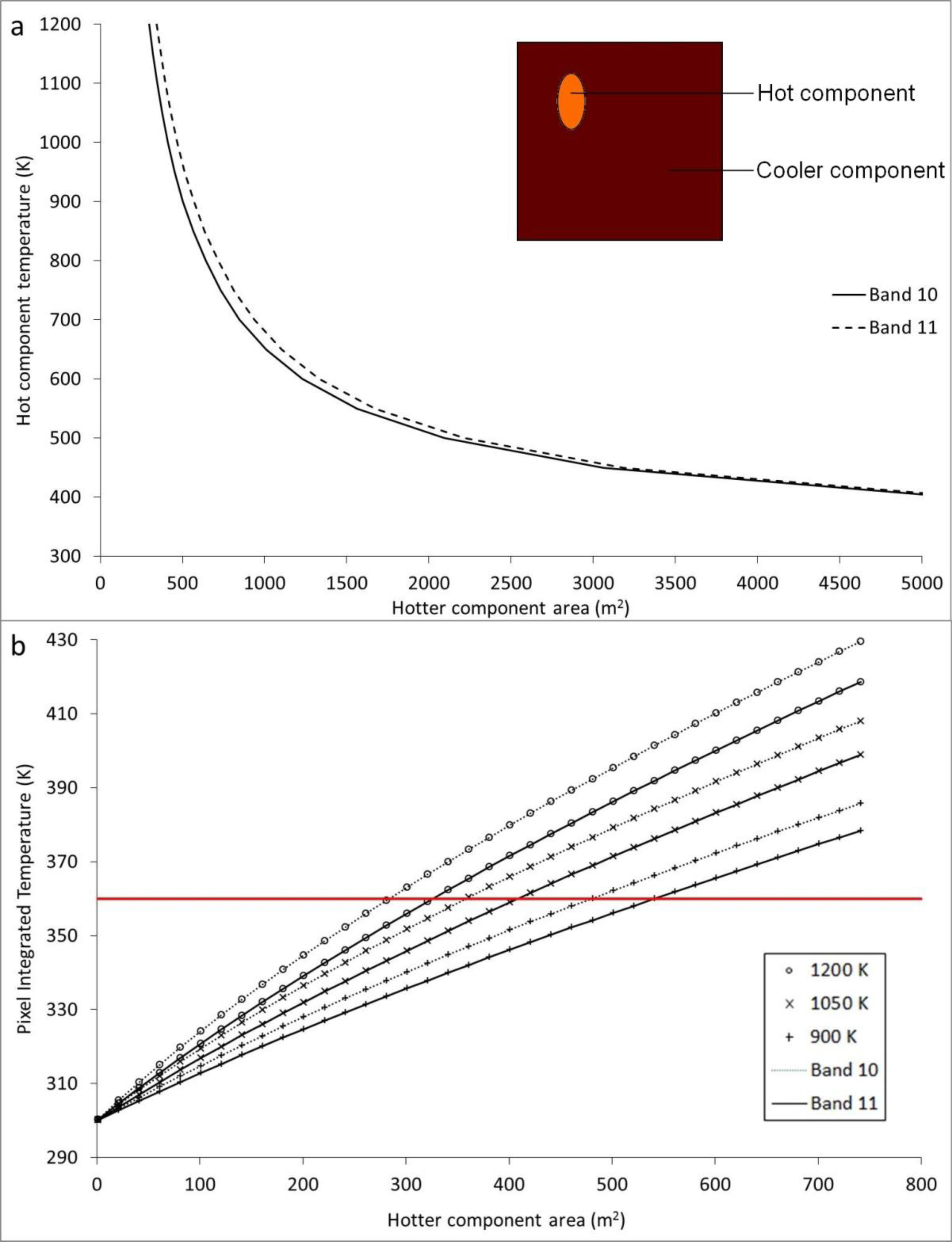
Remote Sensing, Free Full-Text
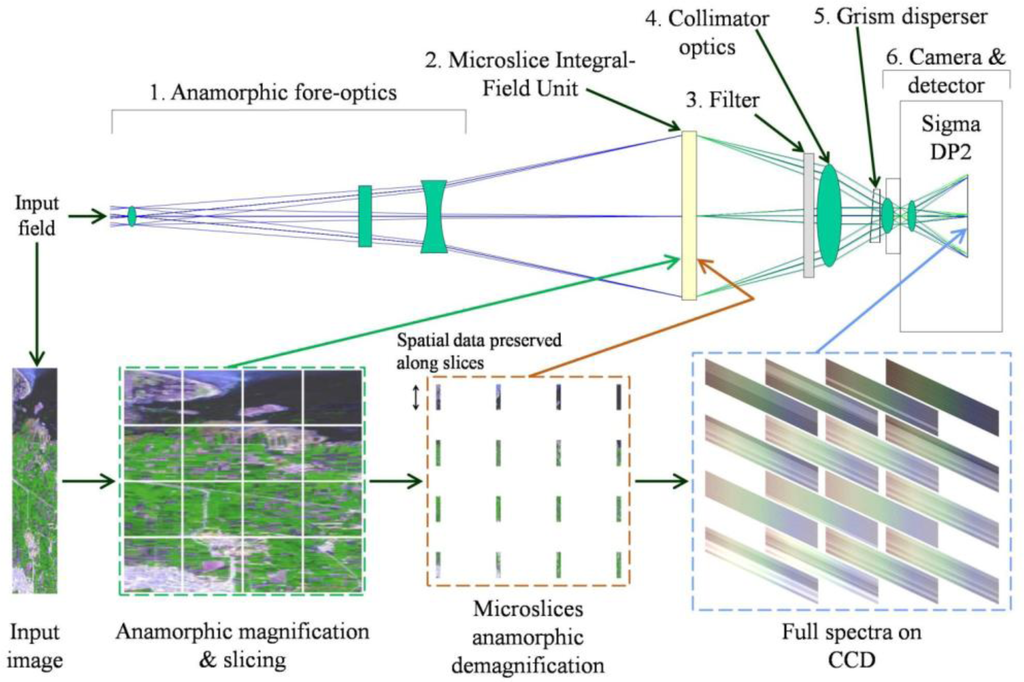
Remote Sensing, Free Full-Text
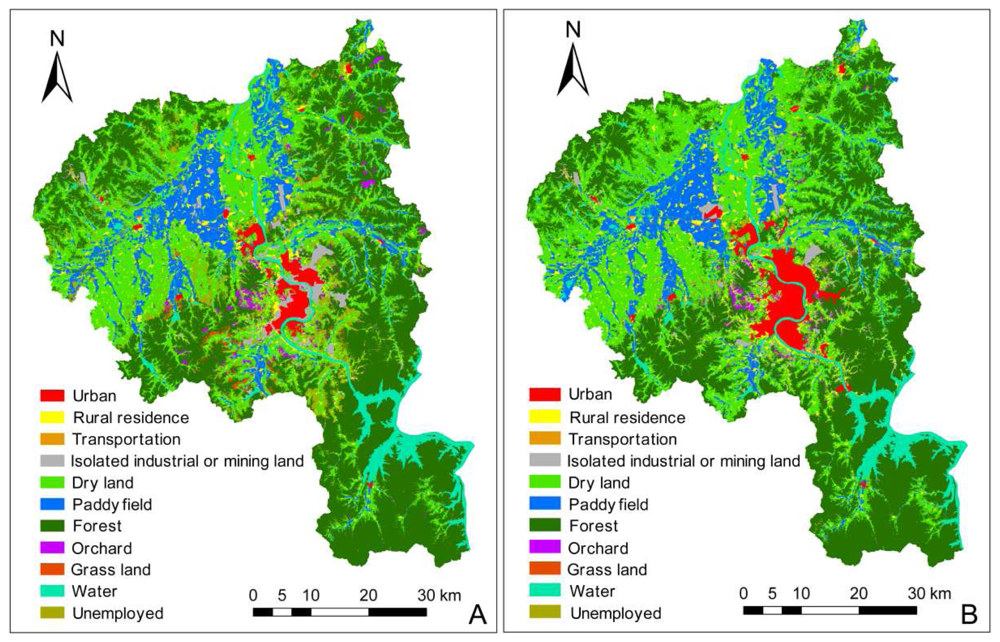
Sensors, Free Full-Text
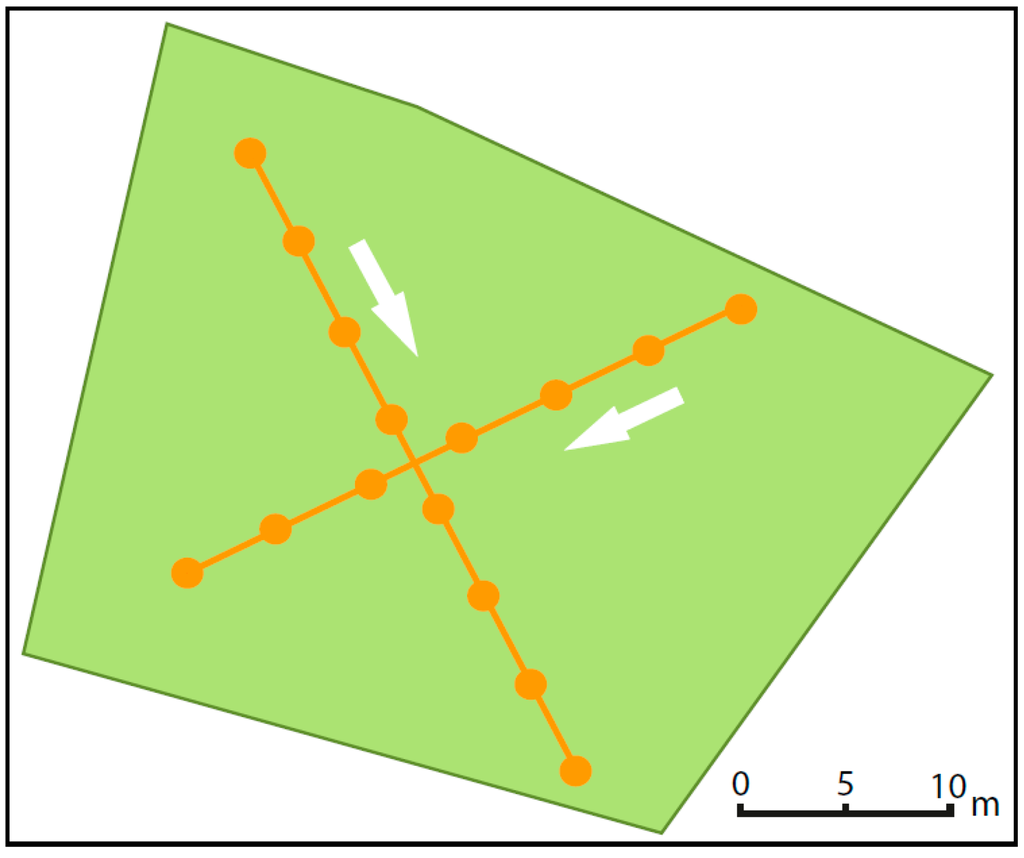
Remote Sensing, Free Full-Text
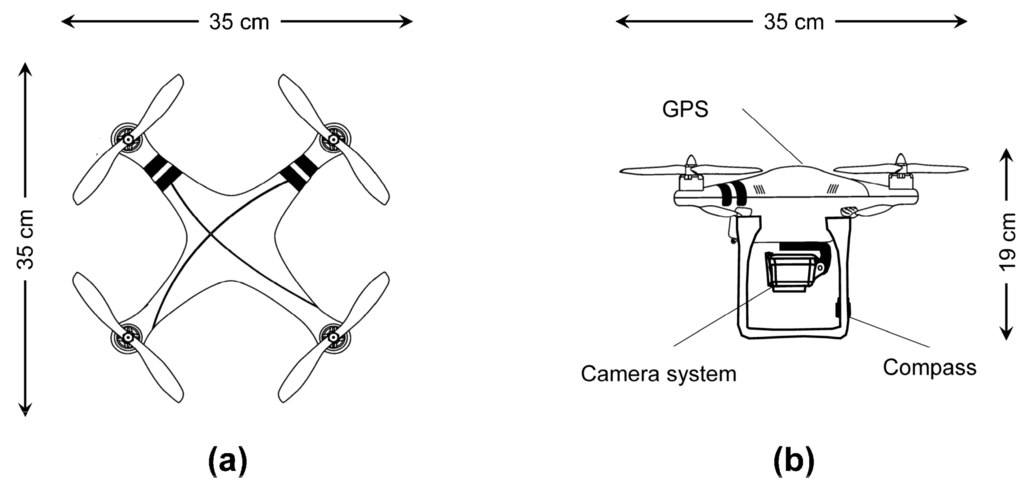
Remote Sensing, Free Full-Text

PDF) Remote sensing of burned areas via PCA, Part 2: SVD-based PCA using MODIS and Landsat data

Remote Sensing, Free Full-Text, An Open-Source Semi-Automated Processing Chain for Urban Object-Based Classification
Recomendado para você
-
 Legend Piece Codes - Roblox03 julho 2024
Legend Piece Codes - Roblox03 julho 2024 -
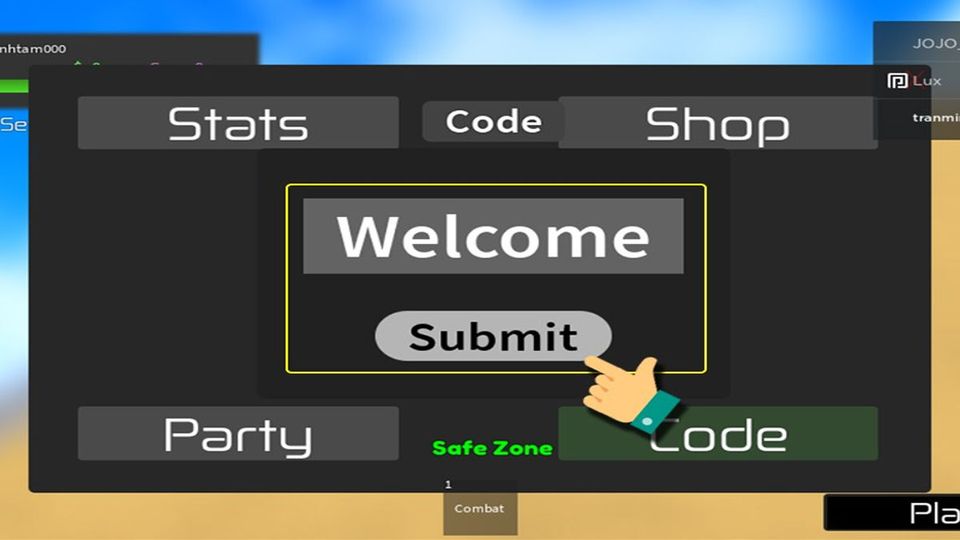 Full code Legend Piece mới nhất 2023, cách nhận code03 julho 2024
Full code Legend Piece mới nhất 2023, cách nhận code03 julho 2024 -
 ALL NEW SECRET *🍩UPDATE 0.5* OP CODES For LEGEND PIECE In Roblox Legend Piece codes 202203 julho 2024
ALL NEW SECRET *🍩UPDATE 0.5* OP CODES For LEGEND PIECE In Roblox Legend Piece codes 202203 julho 2024 -
 11.03.040.030 NORTH SIDE ANNEXATION AREAS MAP.03 julho 2024
11.03.040.030 NORTH SIDE ANNEXATION AREAS MAP.03 julho 2024 -
Cloe 0.5 x 8 Ceramic Jolly Miter Edge in White03 julho 2024
-
 Correlation analysis of chronological age, scores in modified frailty03 julho 2024
Correlation analysis of chronological age, scores in modified frailty03 julho 2024 -
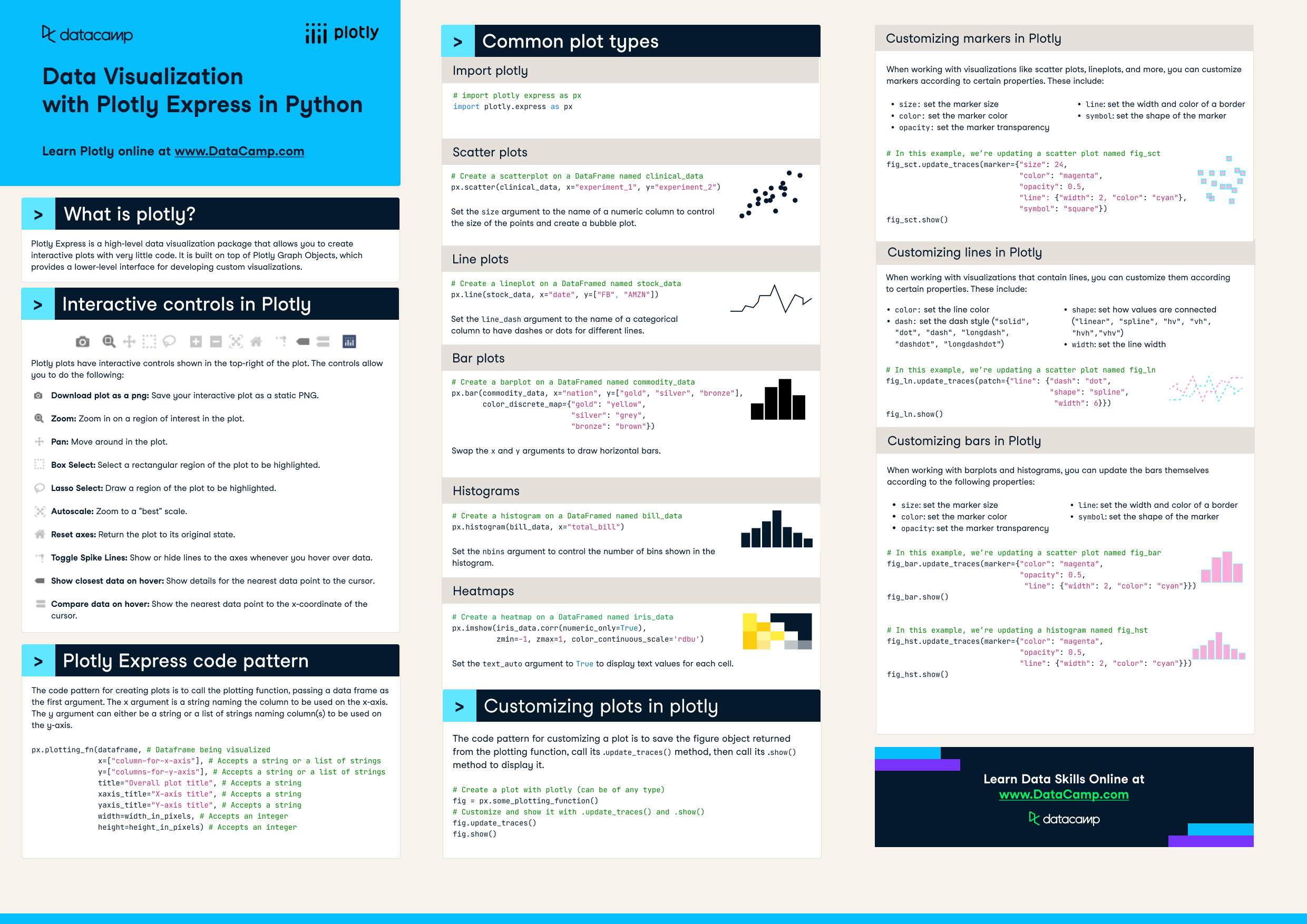 Plotly Express Cheat Sheet03 julho 2024
Plotly Express Cheat Sheet03 julho 2024 -
 Instant Smooth Makeup Primer, Best Face Primer For Wrinkles03 julho 2024
Instant Smooth Makeup Primer, Best Face Primer For Wrinkles03 julho 2024 -
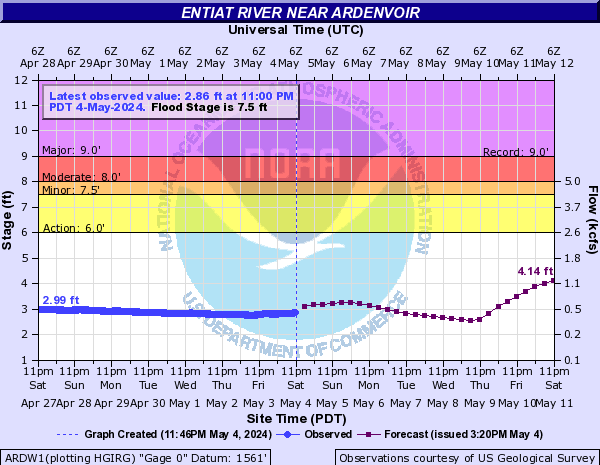 National Weather Service Advanced Hydrologic Prediction Service03 julho 2024
National Weather Service Advanced Hydrologic Prediction Service03 julho 2024 -
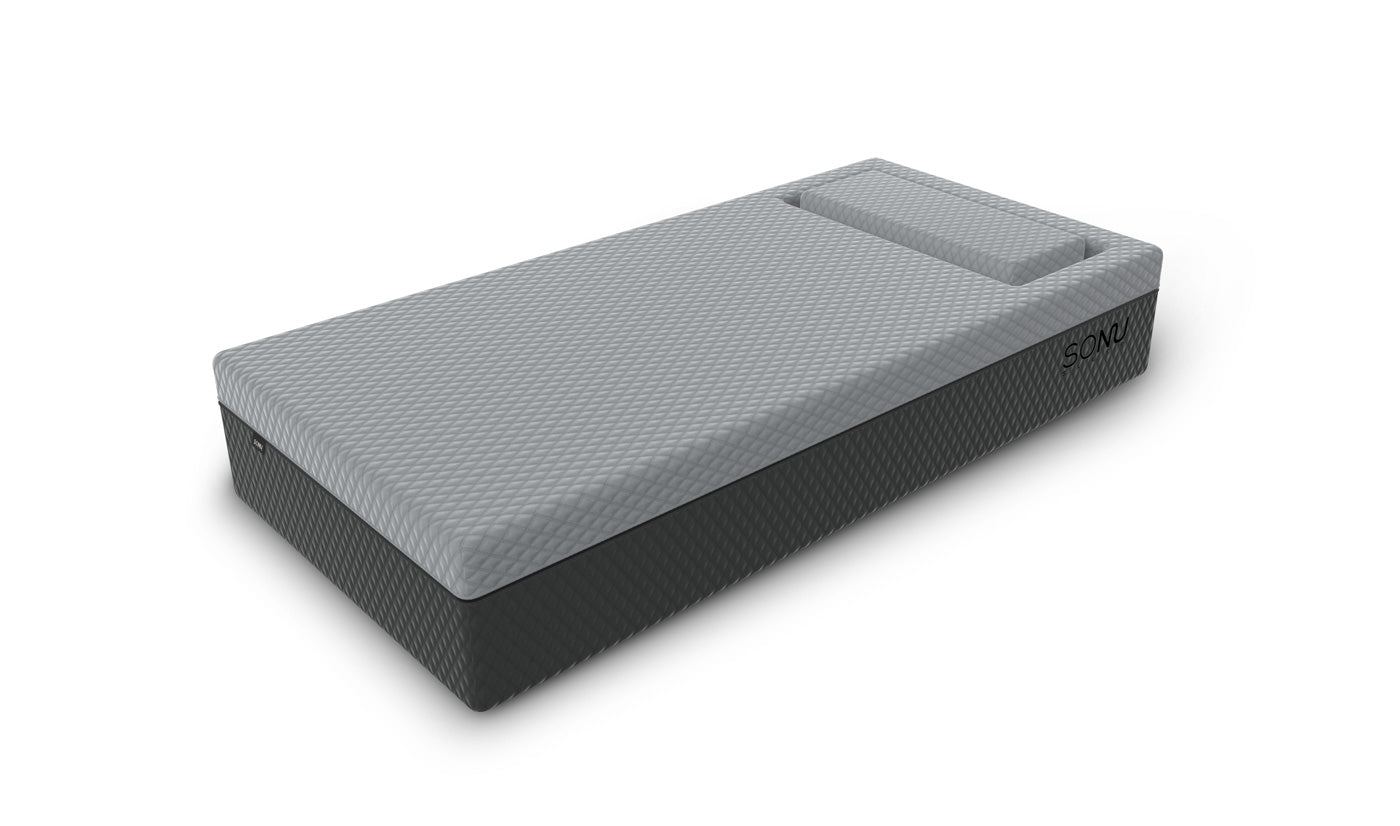 The SONU Sleep System Every Side Sleeper's Dream03 julho 2024
The SONU Sleep System Every Side Sleeper's Dream03 julho 2024
você pode gostar
-
 Fierce — Cincinnati Opera03 julho 2024
Fierce — Cincinnati Opera03 julho 2024 -
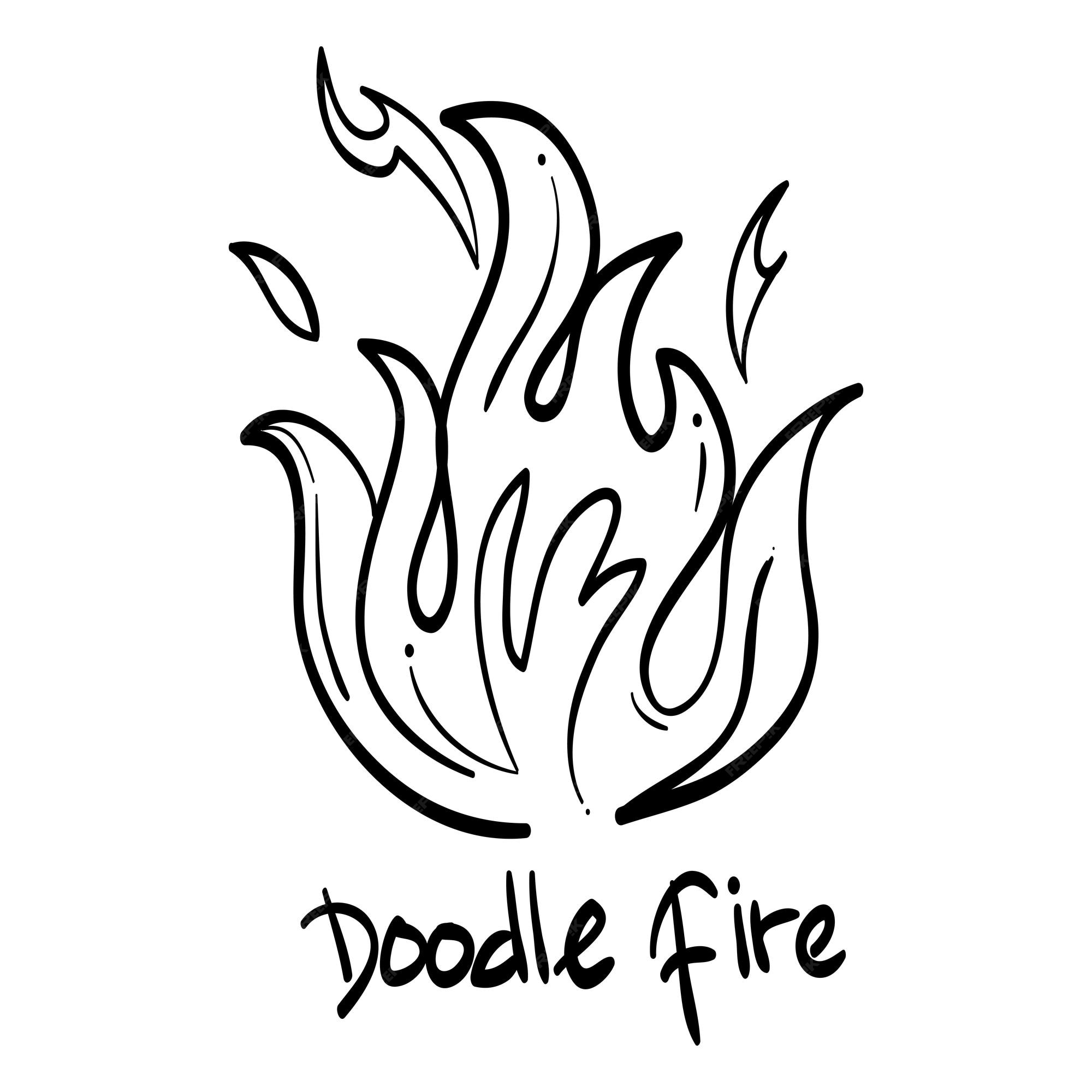 Ícones de fogo desenhados à mão ícones de chamas de fogo vector03 julho 2024
Ícones de fogo desenhados à mão ícones de chamas de fogo vector03 julho 2024 -
 Spooky month dance collab - SpenceAnimation - Folioscope03 julho 2024
Spooky month dance collab - SpenceAnimation - Folioscope03 julho 2024 -
 Memories of “Cats”03 julho 2024
Memories of “Cats”03 julho 2024 -
 Atacado online é aqui03 julho 2024
Atacado online é aqui03 julho 2024 -
 Baseus CAMYS-01 mobile phone cable Black 1 m USB A Micro-USB B03 julho 2024
Baseus CAMYS-01 mobile phone cable Black 1 m USB A Micro-USB B03 julho 2024 -
 Imobiliária em Alphaville - Condomínio Alphaville Residencial Zero03 julho 2024
Imobiliária em Alphaville - Condomínio Alphaville Residencial Zero03 julho 2024 -
 Marvel's Spider-Man 2 - Day 1 Patch Notes03 julho 2024
Marvel's Spider-Man 2 - Day 1 Patch Notes03 julho 2024 -
 Deathloop comes to Prime Gaming in December03 julho 2024
Deathloop comes to Prime Gaming in December03 julho 2024 -
 PS5 price officially announced by Sony for regular and Digital Edition PlayStation 5 this November03 julho 2024
PS5 price officially announced by Sony for regular and Digital Edition PlayStation 5 this November03 julho 2024
